5 October 2021

Science & Technology
EMBL scientists and colleagues have developed an interactive atlas of the entire marine worm Platynereis dumerilii in its larval stage. The PlatyBrowser resource combines high-resolution gene expression data with volume electron microscopy images.
2021
sciencescience-technology
3 June 2021

Science & Technology
Under the innovative Planetary Biology research theme, EMBL scientists aim to understand life in the context of its environment.
2021
sciencescience-technology
31 March 2020
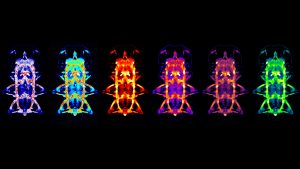
Science & Technology
Paola Bertucci, from the Arendt Group at EMBL Heidelberg, studies the evolution of Platynereis dumerilii – a species of annelid polychaete worm.
2020
picture-of-the-weekscience-technology
28 February 2020
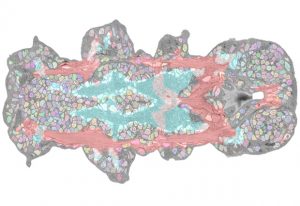
Science & Technology
EMBL researchers combine multiple datasets to develop expandable atlas of an entire animal
2020
sciencescience-technology
1 October 2019
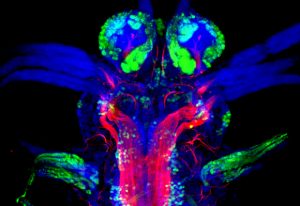
Science & Technology
Model organisms are species that are studied extensively to understand particular biological phenomena and processes, with the expectation that discoveries made in the model organism will provide insight into the workings of other organisms. The small marine ringed worm Platynereis dumerilii gained…
2019
picture-of-the-weekscience-technology
2 September 2010
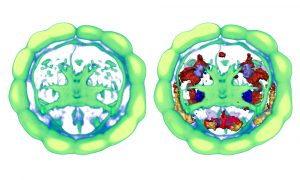
Science & Technology
Our cerebral cortex, or pallium, is a big part of what makes us human: art, literature and science would not exist had this most fascinating part of our brain not emerged in some less intelligent ancestor in prehistoric times. But when did this occur and what were these ancestors? Unexpectedly,…
2010
sciencescience-technology
20 November 2008
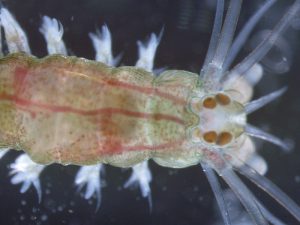
Science & Technology
The best-selling novel The swarm captured the imagination of countless readers with the fascination of marine life. But it also showed how little we understand life in the depth of the ocean. Scientists at the European Molecular Biology Laboratory (EMBL) and the Max Planck Institute (MPI)…
2008
sciencescience-technology
29 June 2007
Science & Technology
Hormones control growth, metabolism, reproduction and many other important biological processes. In humans, and all other vertebrates, the chemical signals are produced by specialised brain centres such as the hypothalamus and secreted into the blood stream that distributes them around the body.…
2007
sciencescience-technology
24 November 2005
Science & Technology
Species evolve at very different rates, and the evolutionary line that produced humans seems to be among the slowest. The result, according to a new study by scientists at the European Molecular Biology Laboratory [EMBL], is that our species has retained characteristics of a very ancient ancestor…
2005
sciencescience-technology
No matching posts found










